How do I help students embrace the process of making, even if the end result of their work is haphazard, messy, or incomplete?
How do I encourage students to run toward failure? Or to reframe their definitions of failure altogether?
How can I help students reframe the practice of making as an end in itself, rather than a means to an end?
AG: From the very beginning through to your most current works, you've used banal and ephemeral materials such as cardboard, packing tape, aluminum foil, Plexiglas. Looking at your vocabulary of materials, it's tempting to project the notion of "precariousness" on your works. These materials are all very cheap; they share a functional role in our society as "wrappings" for commercial merchandise that ultimately becomes the refuse of consumer society. Was the choice of these materials essentially pragmatic? Was it part of the struggle that you wanted to set up in relation to the status quo of the art world?
TH: The issue of the choice of material is political but it's also pragmatic. Joseph Beuys said, "I work with what I've got, what I find around me." In my case, I don't have fat or felt, I don't have sandblasted glass around me; nor am I surrounded by gold and marble. I haven't got a big light box. What I've got around me is some packing tape; there's some aluminum foil in the kitchen and there are cardboard boxes and wood panels downstairs on the street. That makes sense to me: I use the materials around me. These materials have no energetic or spiritual power. They're materials that everyone in the world is familiar with; they're ordinary materials. You don't define their use in advance; they aren't loaded. There's no doubt, no mystery, no surplus-value. I have to like the material I work with, and I have to be patient with it. I have to like it in order not to give it any importance. And I have to be patient with it in order not to give myself importance either.
AG: You can't project a mythology on to them, unlike with Beuys’s use of fat?
TH: These are materials that don't require any explanation of what they are. I wanted to make "poor" art, but not Arte Povera. My work has nothing to do with Arte Povera. Because it's poor art, the materials must be poor too: quite simply, materials that make you think of poverty. To make poor art means to work against a certain idea of richness. To make rich art means to work with established values; it means to work with a definition of quality that other people have made. I want to provide my own definition of quality, of value and richness. I refuse to deal with established definitions. I'm trying to destabilize them. I'm trying to contaminate them with a certain non-valuable aspect of reality. The value system is a security system. It's a system for subjects without courage. You need values to ensure yourself, to enclose yourself in your passivity and anxiety. You need the idea of quality to neutralize your proper freedom: the fact that it's you who decides what's valuable or of worth. People need quality as a kind of ghost who helps you escape the real. To make poor art is a way to fight against this principle. Quality, no! Energy, yes!
This review by Jerry Saltz offers another perspective on Hirschhorn's work.
| processing_process-_the_event_of_making_art_jack_richardson.pdf |
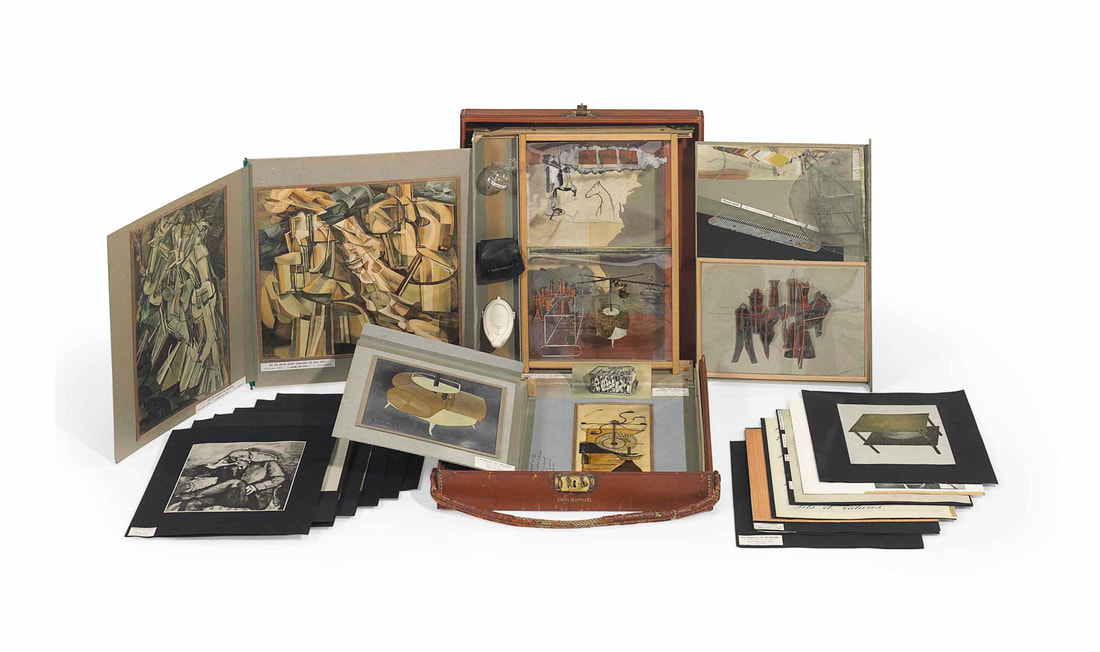

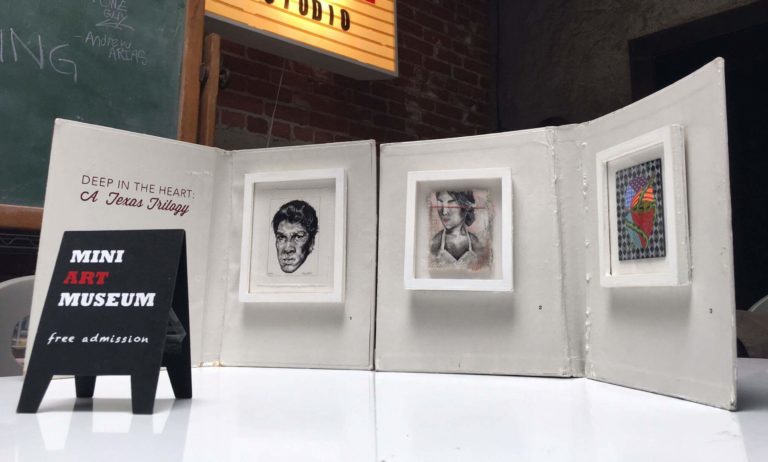
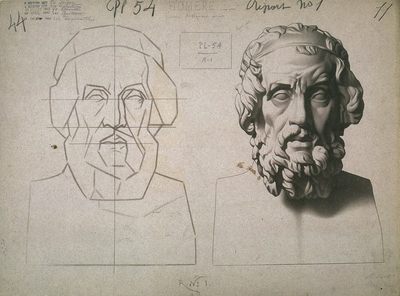

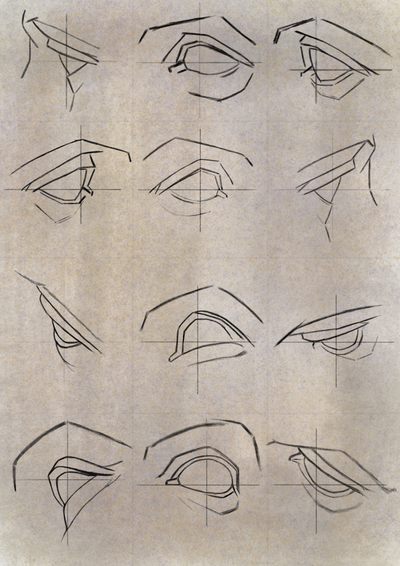
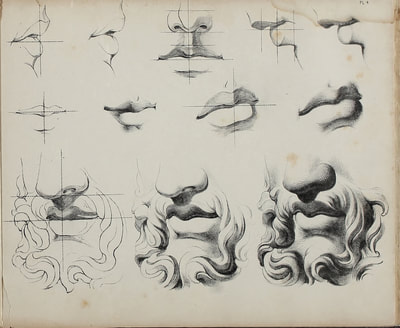
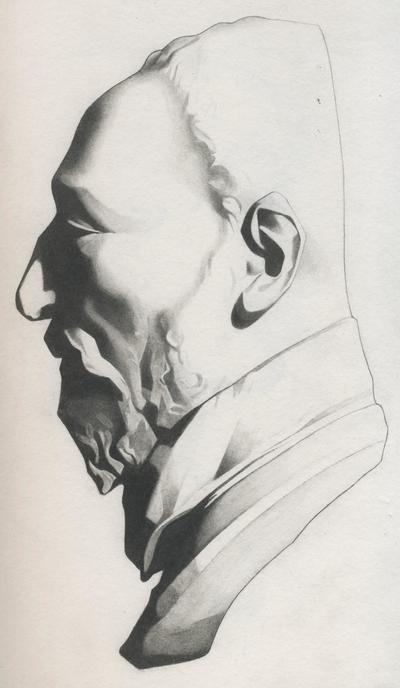
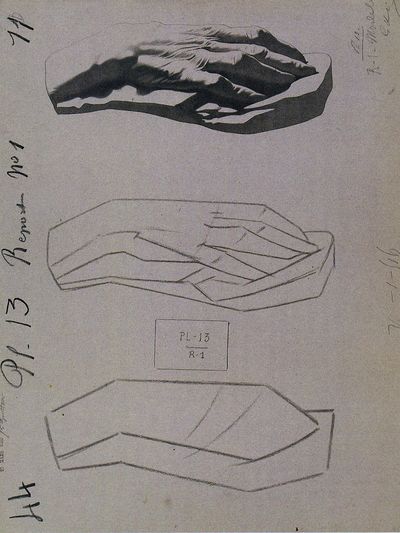
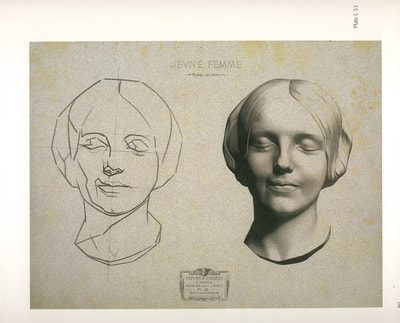
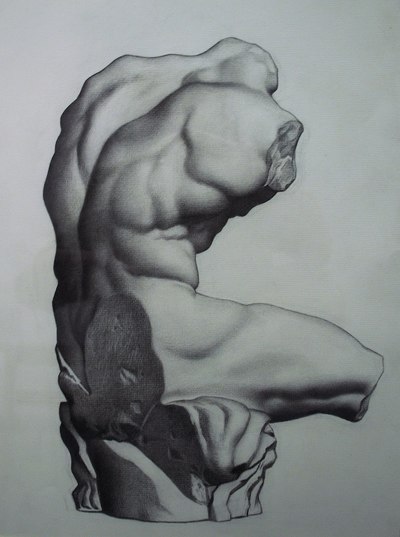
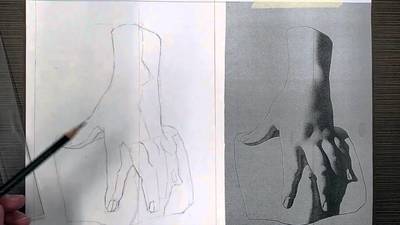
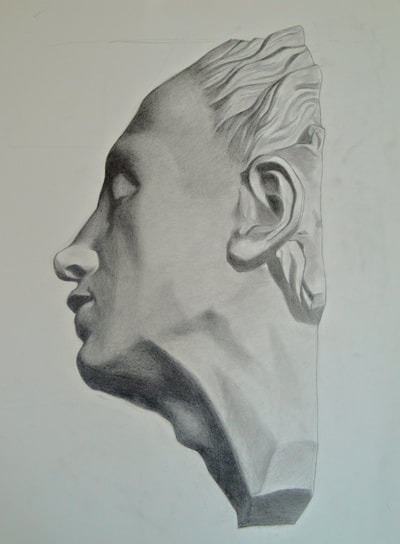

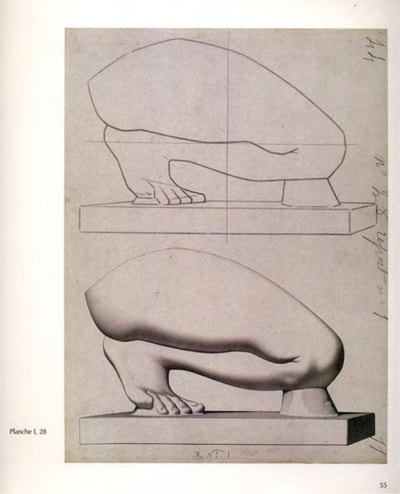
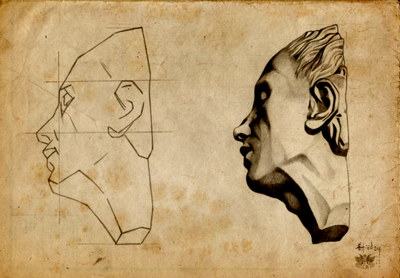
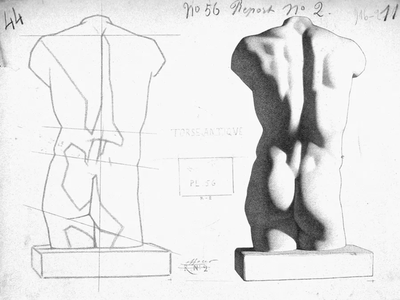
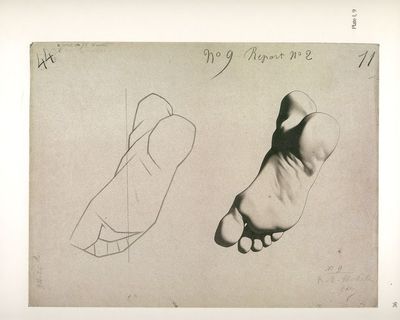
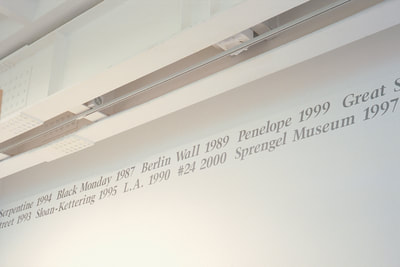

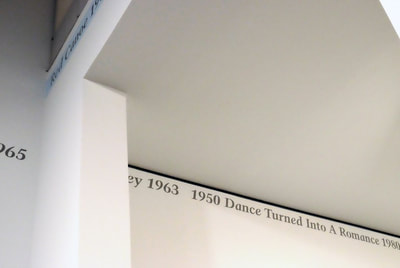


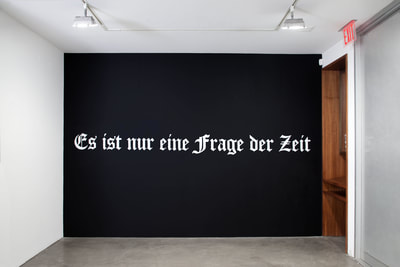
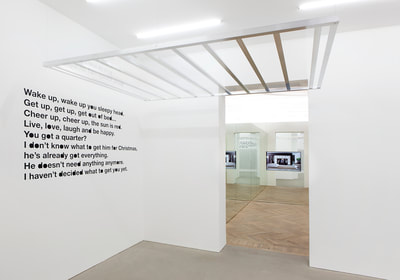
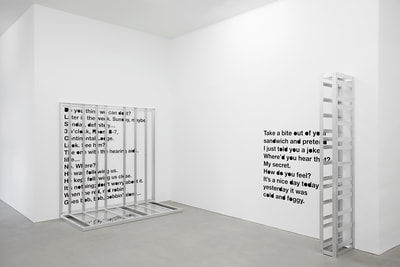

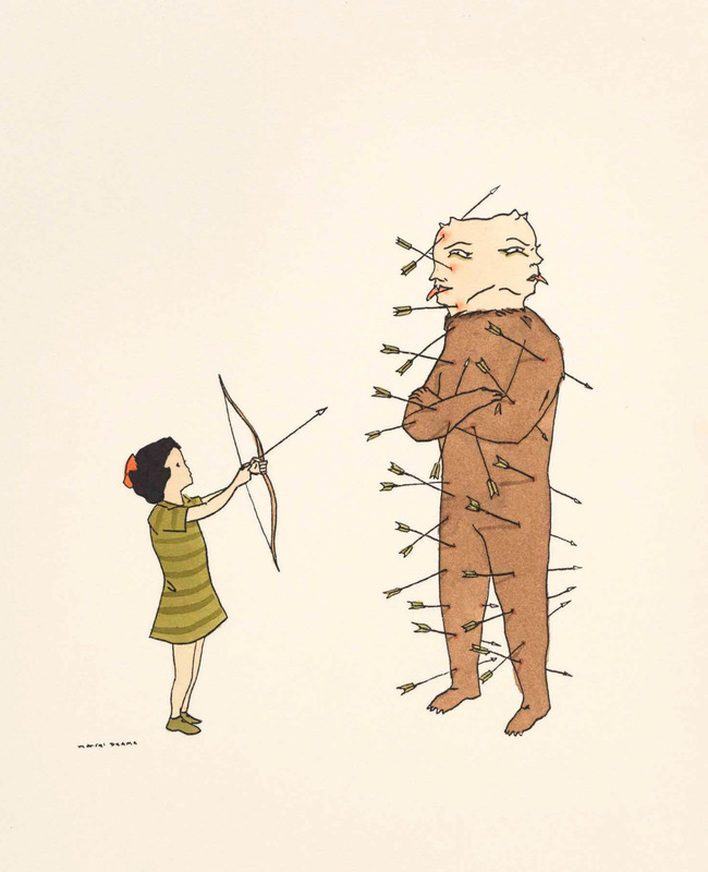
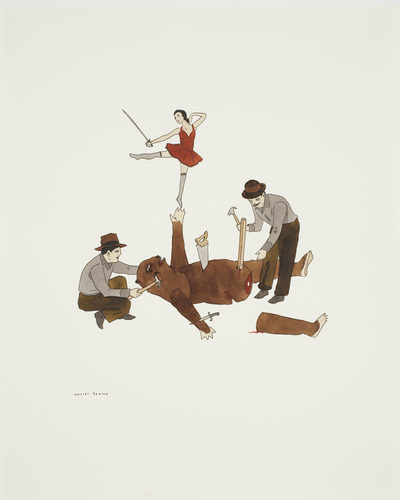
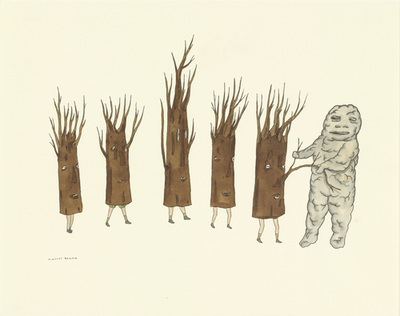
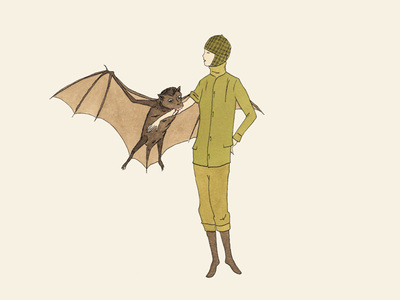
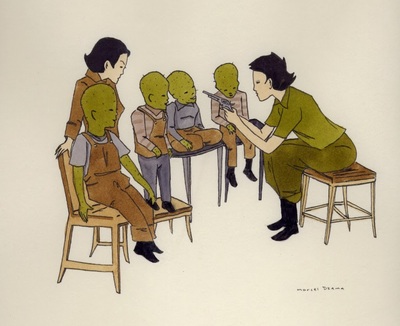
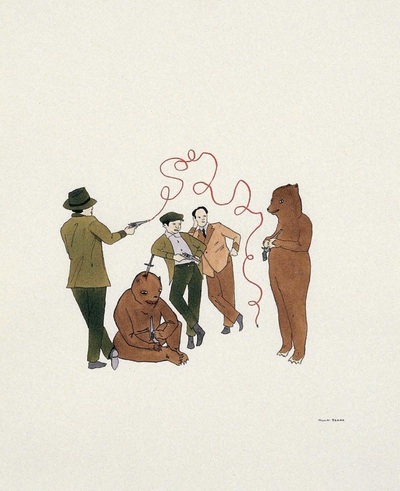
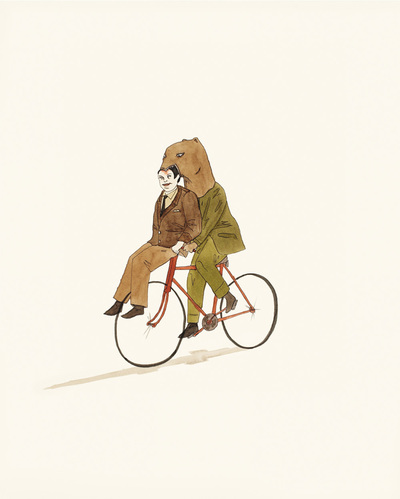
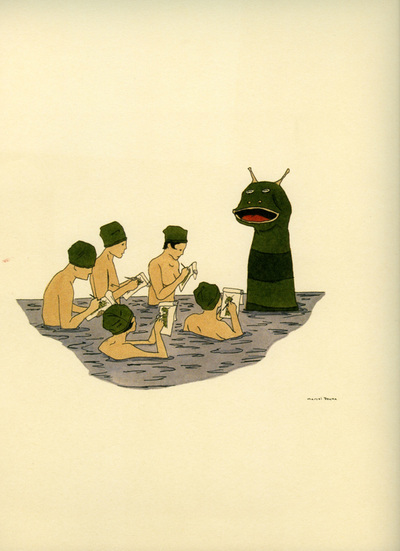
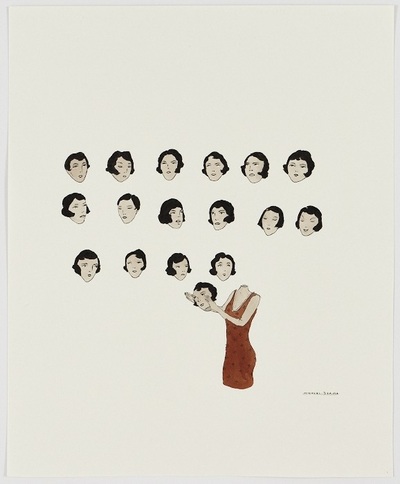
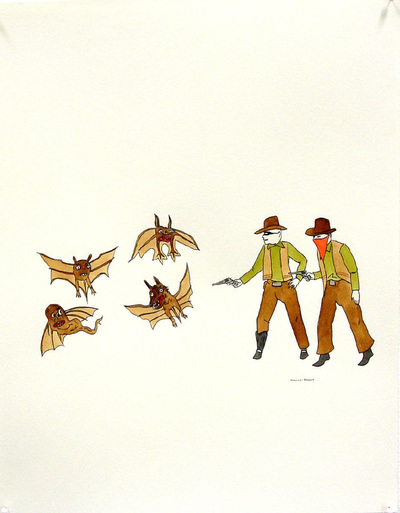
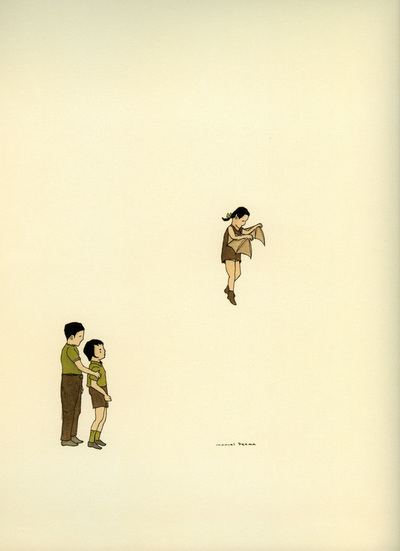
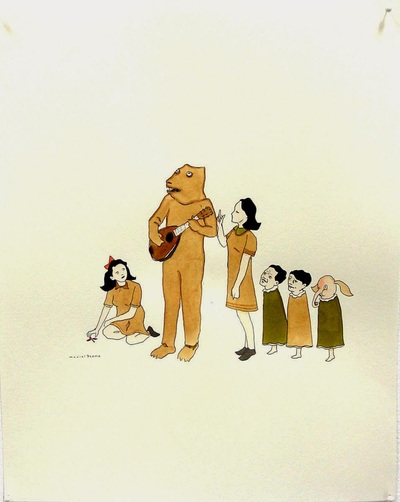
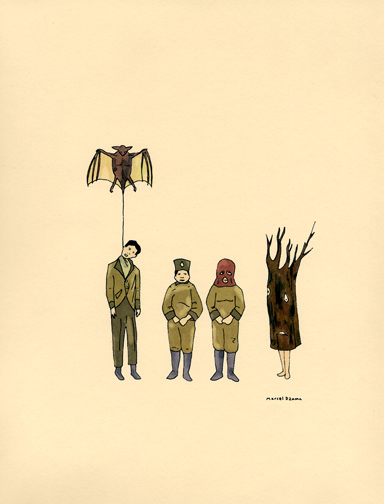

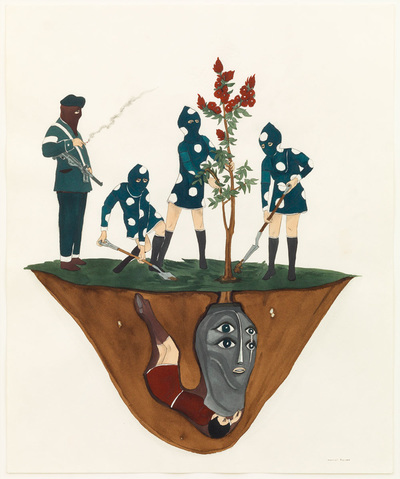
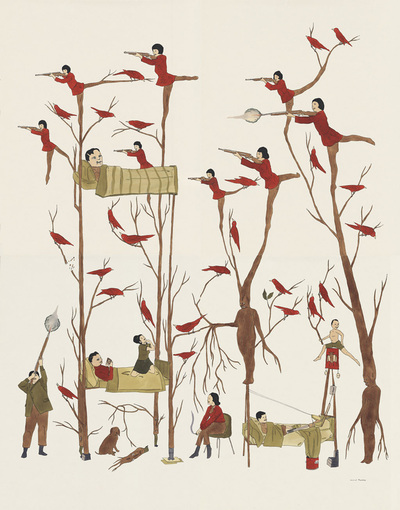

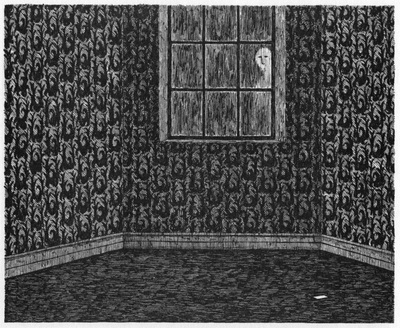

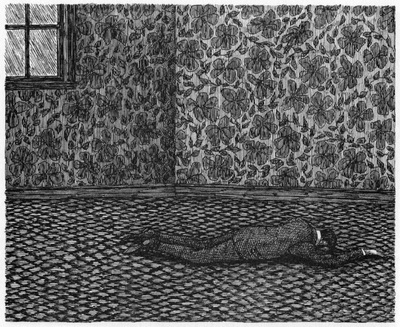
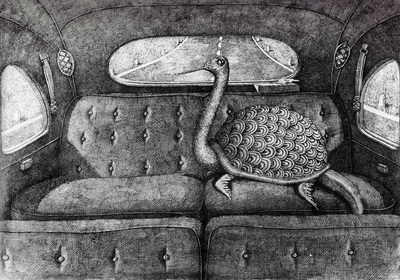
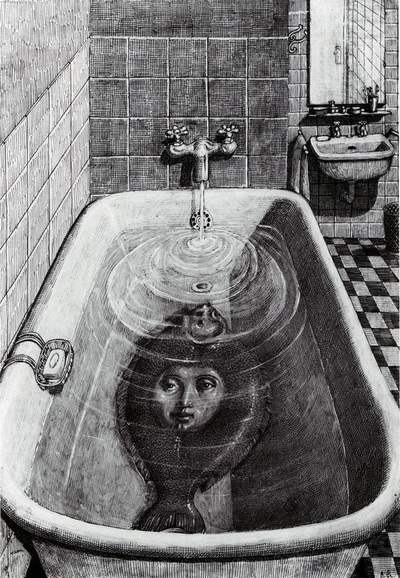
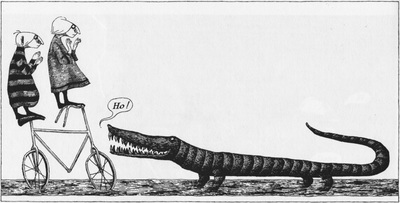



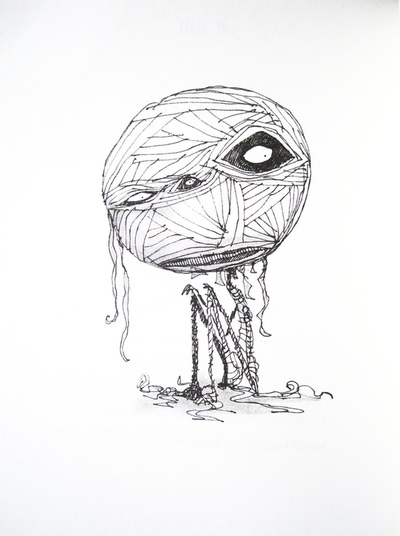
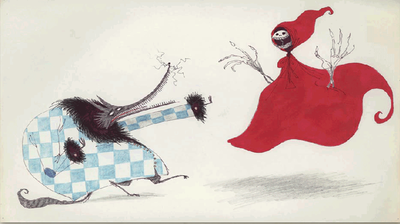

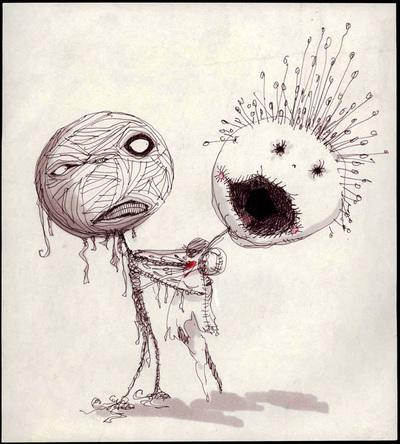
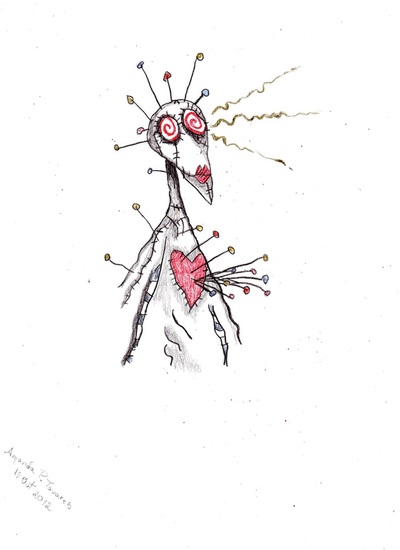
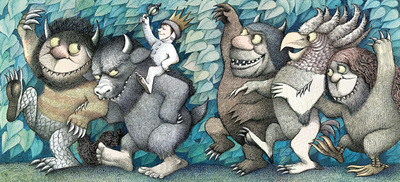


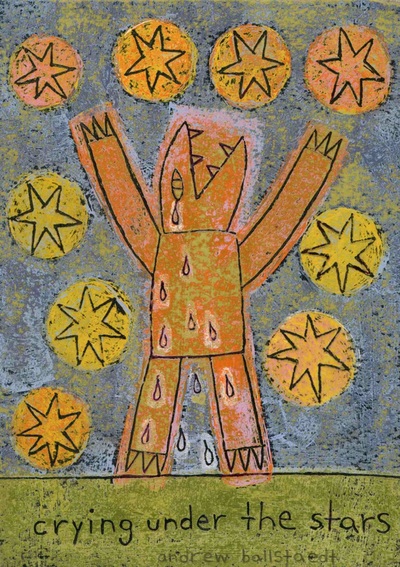
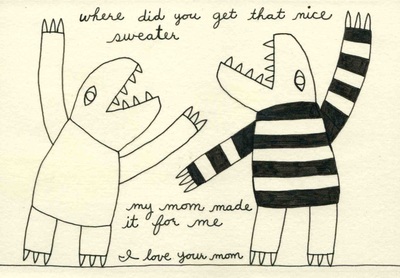
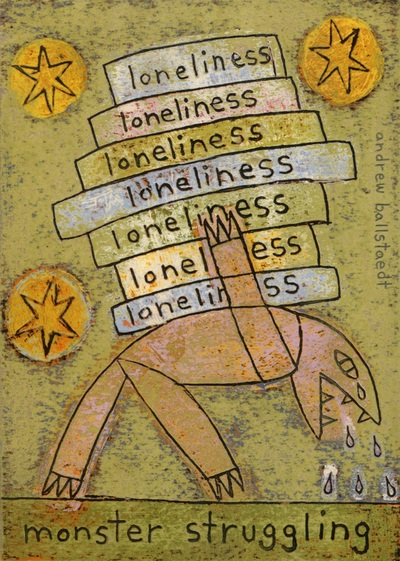
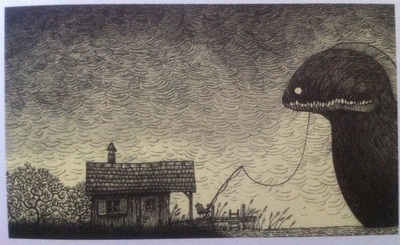
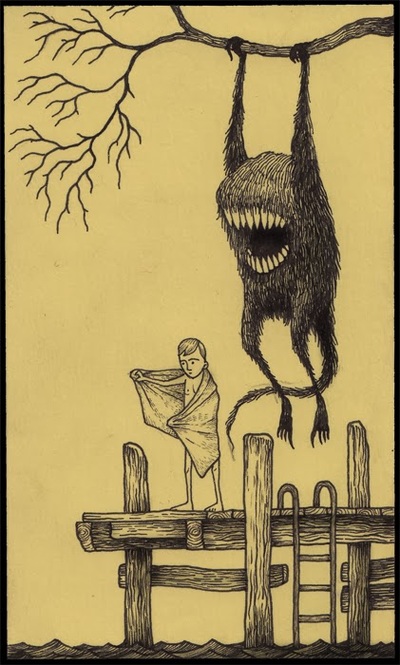


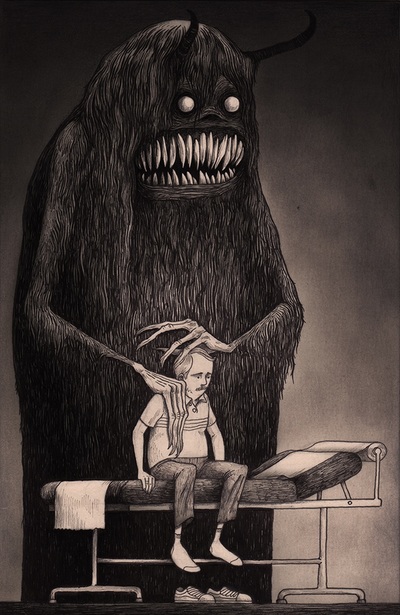
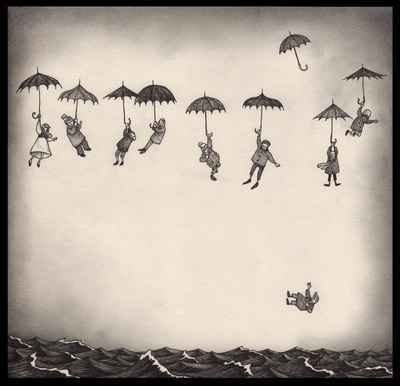
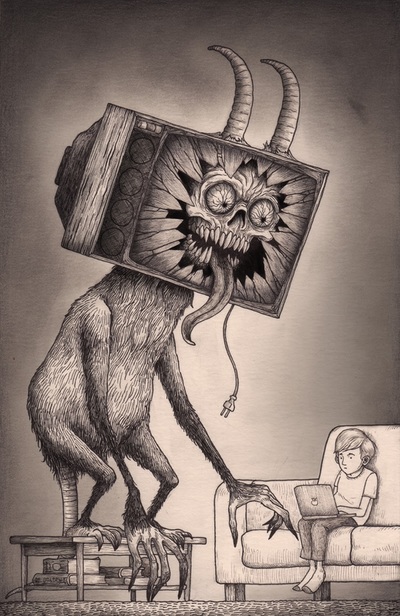
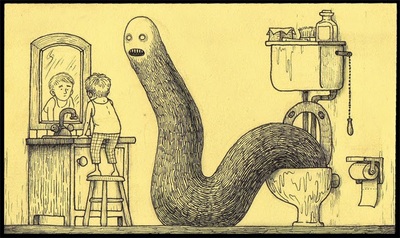
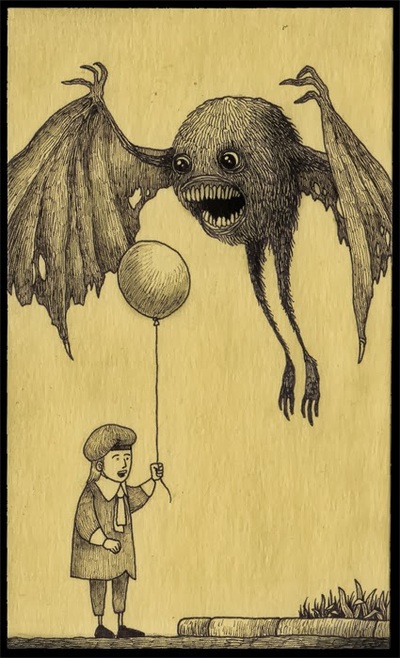


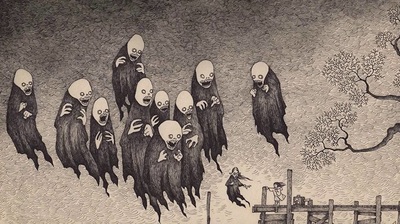
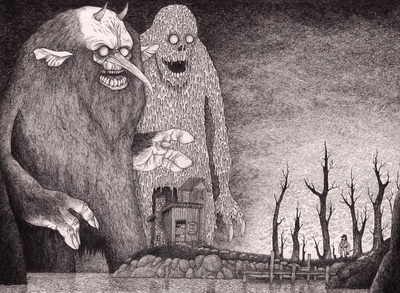
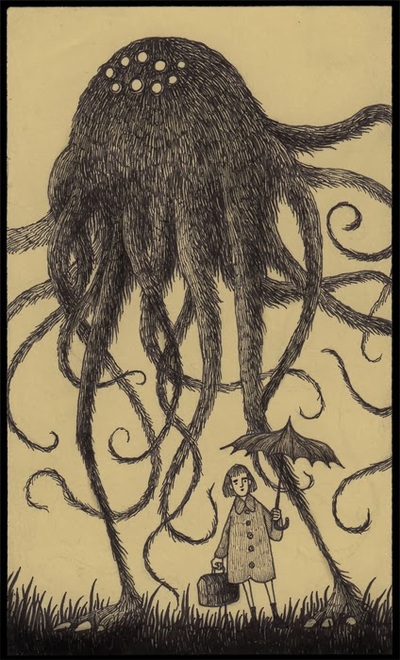
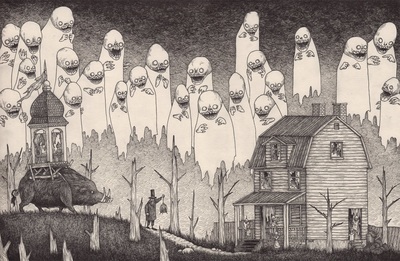
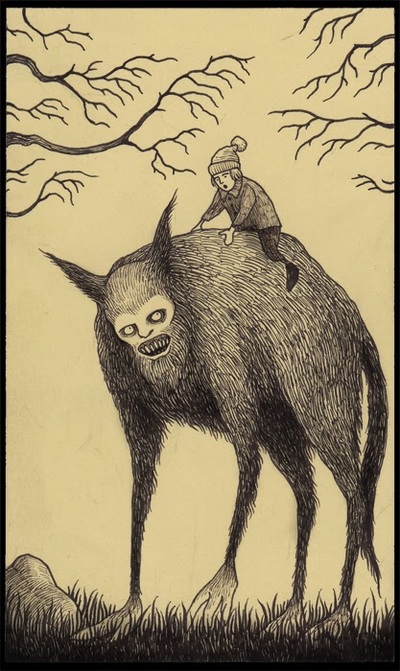
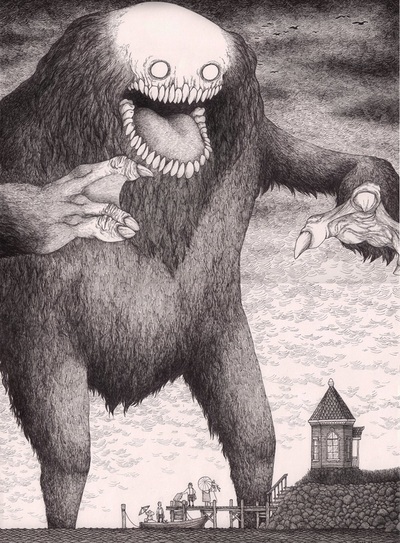
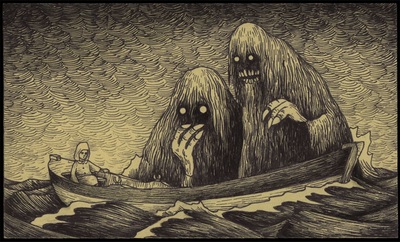
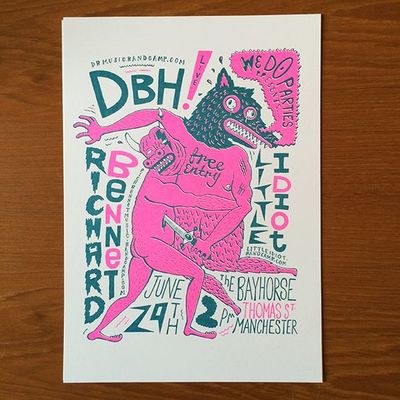
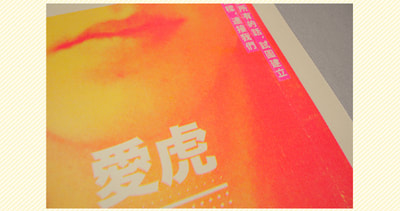
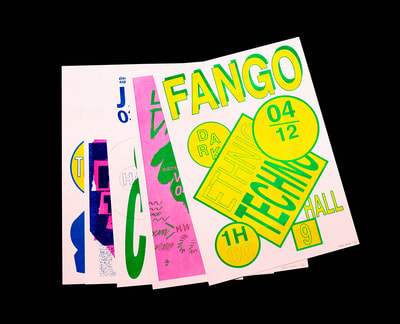
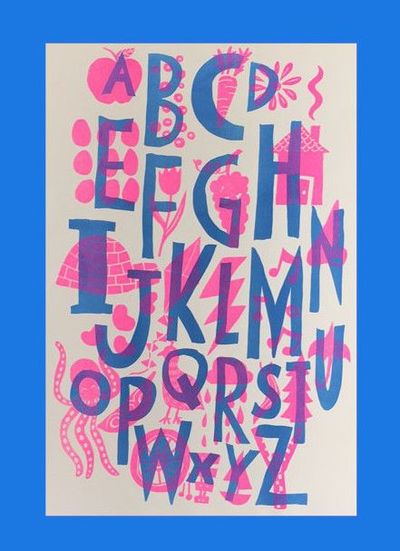
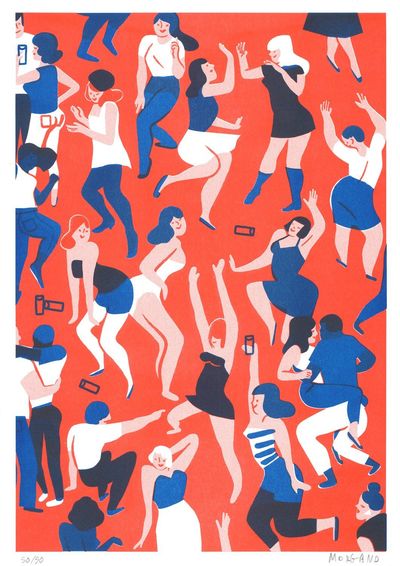




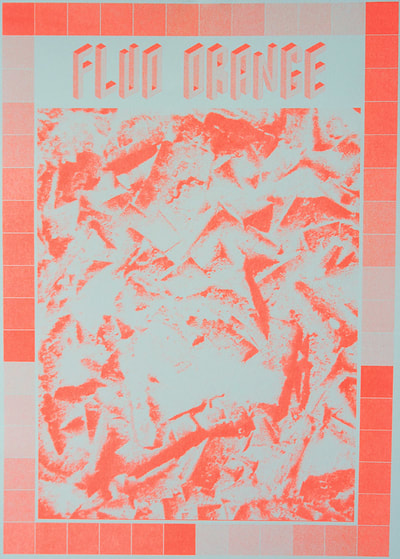

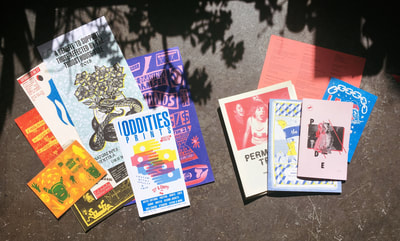
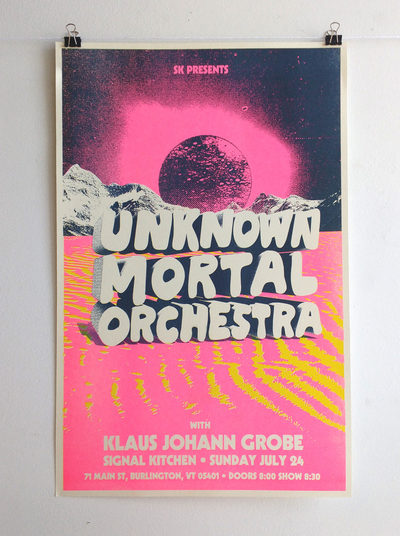
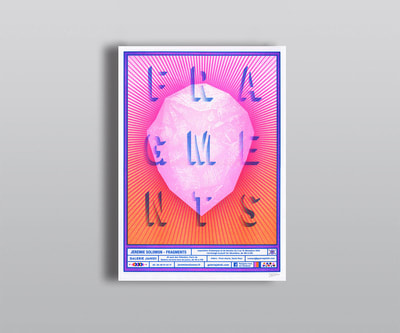

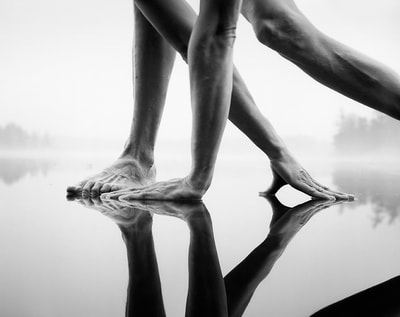

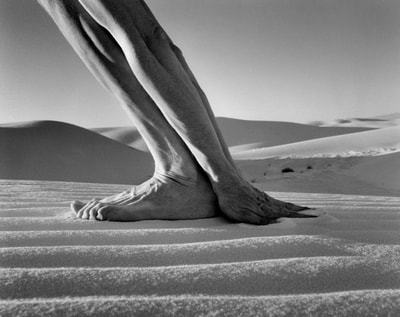



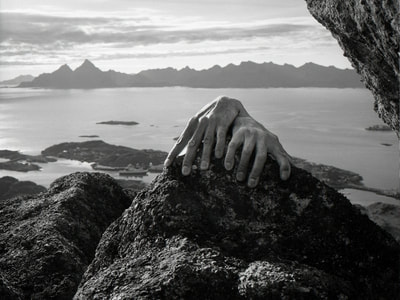
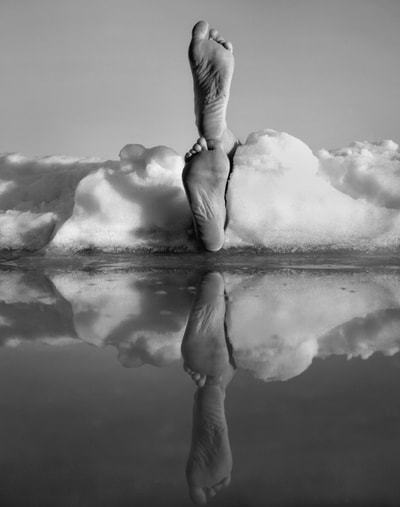


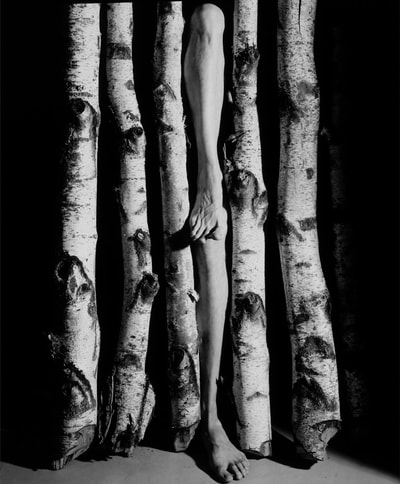


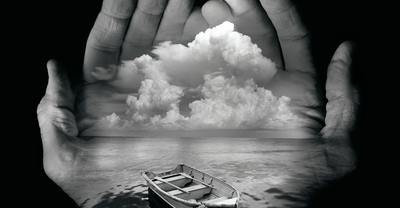
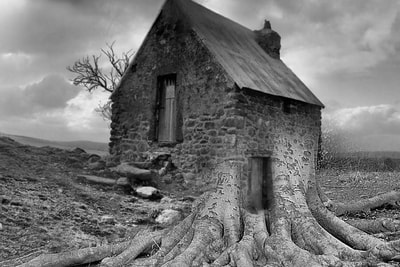
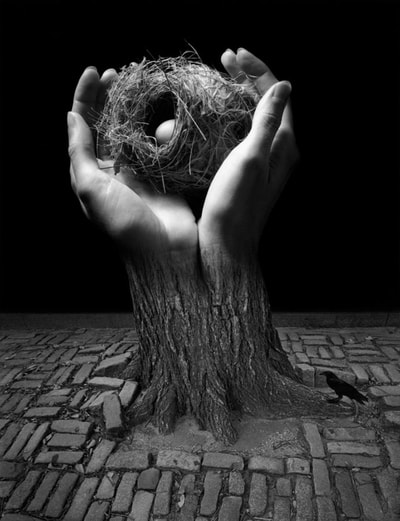

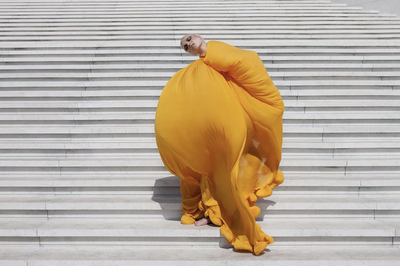
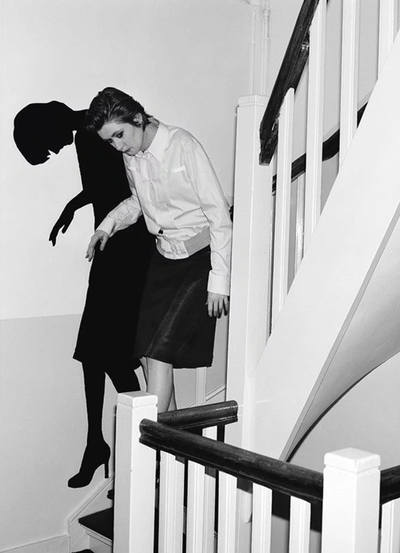
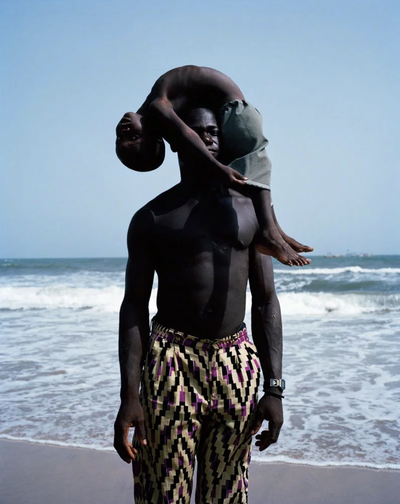
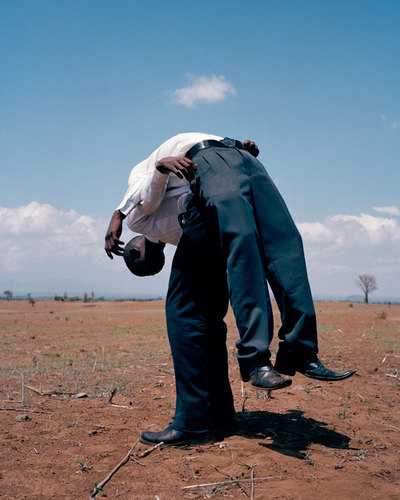

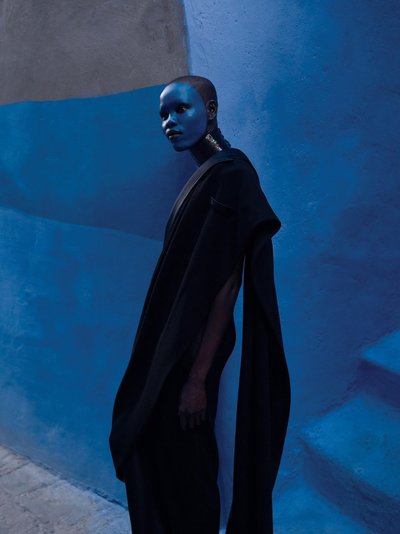
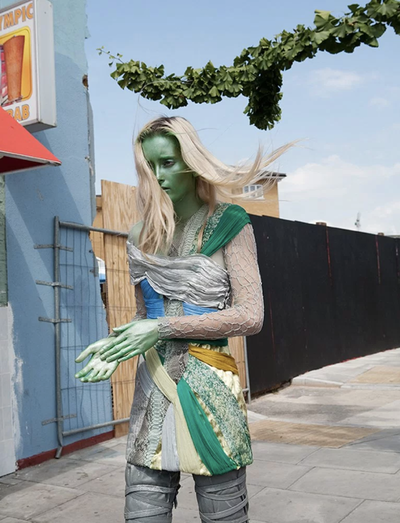
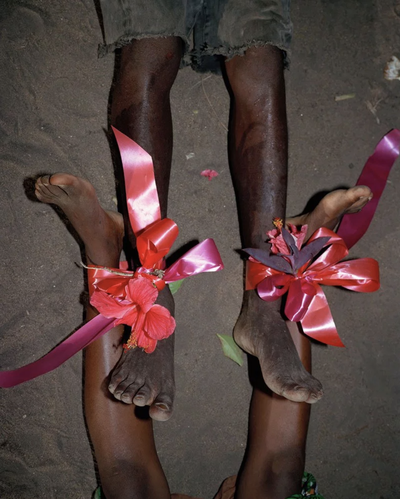

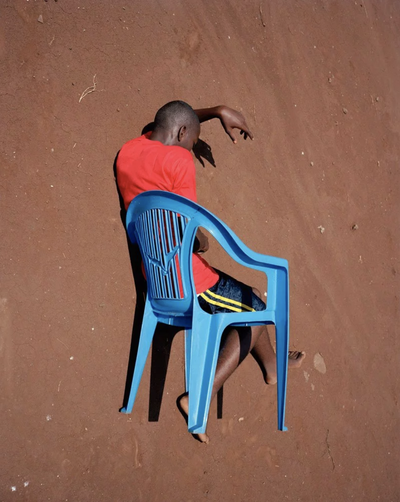
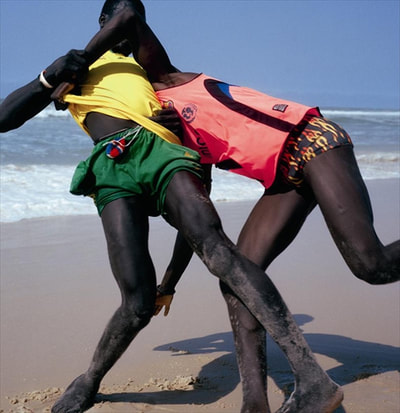

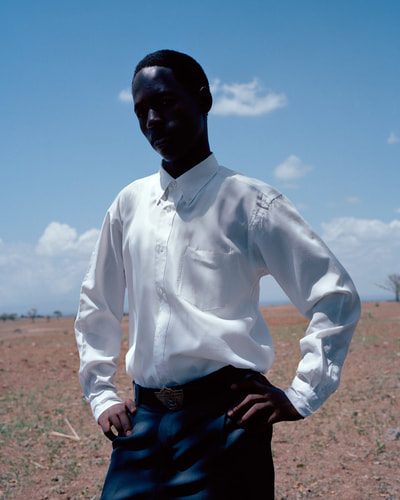
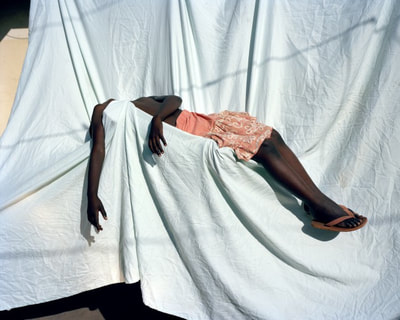
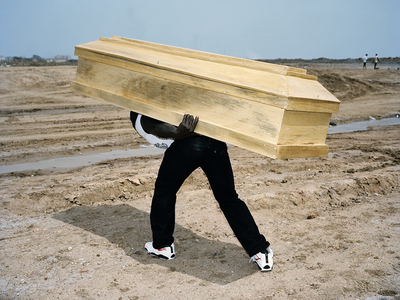
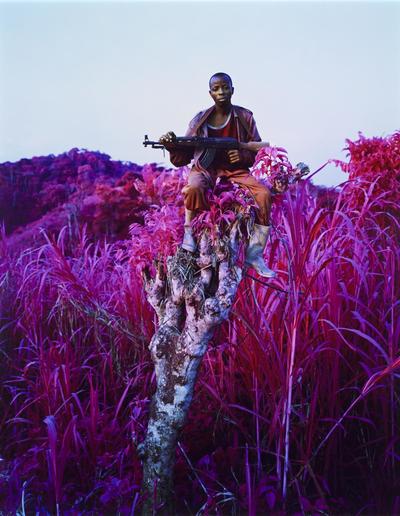
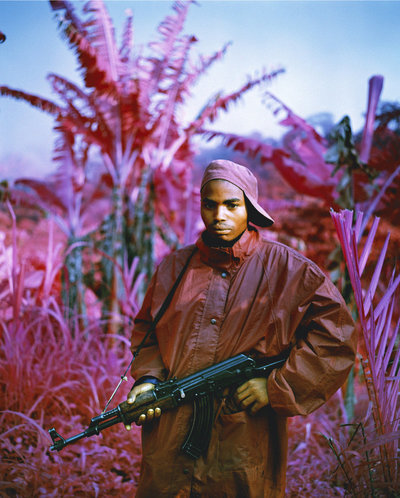

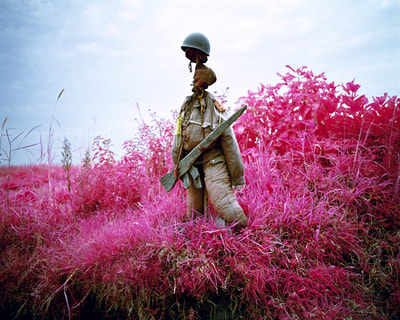






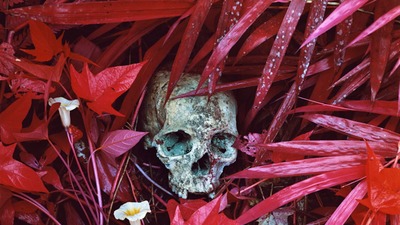

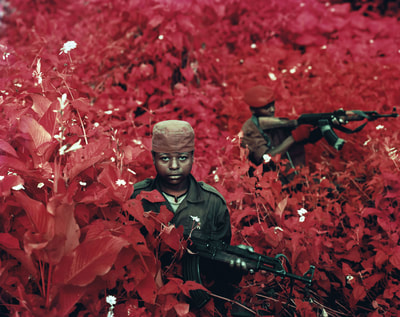


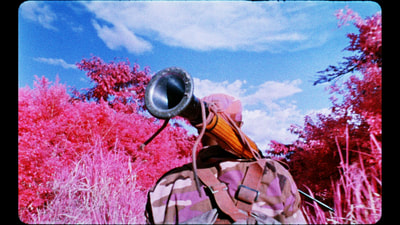
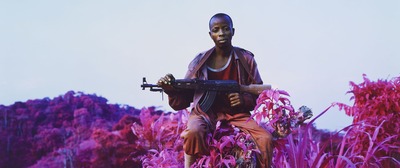


 RSS Feed
RSS Feed
